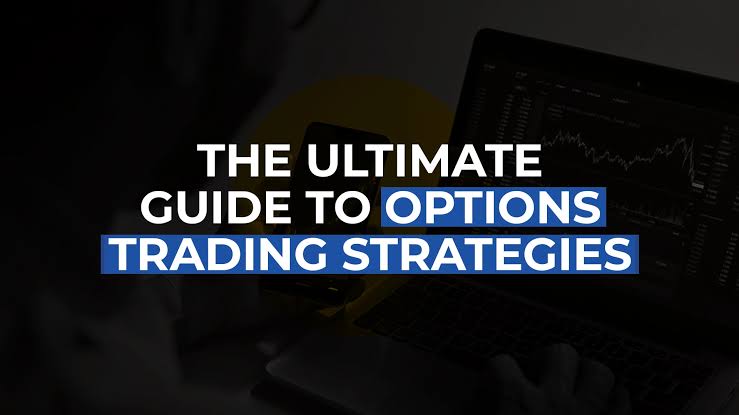Options trading is a popular and advanced trading strategy that involves buying and selling options contracts. Options give traders the right, but not the obligation, to buy or sell an underlying asset at a predetermined price (the strike price) within a specified time frame (until the expiration date). Here’s a step-by-step guide to help you understand how to engage in options trading

Educate Yourself: Options trading can be complex, so it’s essential to have a solid understanding of the concept. Study educational resources, books, online courses, and tutorials to learn about the basics of options trading, including terminology, strategies, and risk management.
Choose a Brokerage: Select a reputable brokerage that offers options trading services. Ensure they have a user-friendly platform, competitive commissions, reliable execution, and access to the options market. Popular options brokers include TD Ameritrade, E*TRADE, Interactive Brokers, and Robinhood.

Open an Account: Follow the procedures outlined by your chosen brokerage to open an options trading account. This typically involves providing personal information, completing application forms, and adhering to any specific requirements or financial qualifications.
Understand Option Contracts: Familiarize yourself with the components of an options contract. Each contract represents a specific number of shares of the underlying asset. There are two types of options: calls (the right to buy) and puts (the right to sell).

Define Your Options Strategy: Determine your trading objectives and select an options strategy that aligns with your goals. Common strategies include buying calls or puts, selling covered calls or puts, and more advanced strategies like spreads, straddles, and iron condors. Each strategy has its own risk and reward profile.
Analyze the Underlying Asset: Conduct thorough research on the underlying asset (stocks, indices, commodities, etc.) to assess its potential price movement, volatility, and market conditions. Fundamental and technical analysis can help you make informed trading decisions.
Execute Trades: Once you’ve identified a suitable options trade, use your broker’s trading platform to execute the trade. Specify the option contract, strike price, expiration date, and the number of contracts you wish to buy or sell. Review and confirm the order before finalizing it.

Monitor Your Positions: Keep a close eye on your options positions, as their values can fluctuate based on market conditions. Track changes in the underlying asset’s price, volatility, and any news or events that may impact your trades. Consider implementing stop-loss orders to manage risk.
Close or Adjust Positions: You can close your options positions before expiration by executing a closing trade, which involves buying or selling the same options contract you initially traded. Alternatively, you can adjust your positions by rolling, hedging, or employing other options strategies.

Manage Risk: Options trading involves inherent risks, and it’s crucial to manage them effectively. Set a risk tolerance, diversify your trades, and avoid investing more than you can afford to lose. Consider using risk management tools like stop-loss orders and position sizing techniques.
Remember, options trading involves substantial risk, and it’s advisable to start with a small amount of capital or practice with virtual trading accounts before committing real funds. Additionally, consult with a financial advisor or an experienced options trader to gain further insights and guidance.

